Dear Steemians
Today I would like to take you back to Provence in my travel blog. As some of you know, we spent the All Saints' holiday in the south of France and discovered this wonderful pearl: Les Baux de Provence. "Baux" is not misspelled, it doesn't actually mean "beautiful ", but the name Baux-de-Provence comes from the Occitan Bauç (' baws) according to the classical standard, in which Provençal "baus" means "baus" according to the Mistral standard, which means "vertical ", "cliff" or "rocky steep slope". This root can be found in other toponyms such as the "Baou de Saint-Jeannet".
By decree of 7 August 1958, the official gazette of 12 August 1958 with effect from 13 August 1958, the name "Les Baux" became "Les Baux-de-Provence".
The bauxite, an aluminium ore, is named after the city in which it was first mined.
Les Baux-de-Povence today:
Nowadays, Les Baux-de-Provence is still a living village community with winding streets, beautiful shops and fine restaurants. At the upper end of the main road, you can buy your ticket to visit the old ruins of the castle and explore the history of the town. Unfortunately, at this point, I have to advise against a visit during the main season. Here, in view of the influx of visitors, the joy could quickly turn into the opposite.
Now I want to let the pictures speak for themselves. The catapults are faithful replicas, which were also not in the city, but in each case during its siege outside the walls.
Liebe Steemians
Heute möchte ich Euch in meinem Travel-Blog mal wieder mit in die Provence nehmen. Wie manche von Euch wissen verbrachten wir die Allerheiligenferien im Süden Frankreichs und haben dabei unter anderem diese wunderbare Perle entdeckt: Les Baux de Provence. Dabei ist "Baux" nicht falsch geschrieben, es heisst eigentlich nicht "schön", sondern kommt der Name Baux-de-Provence vom Okzitanischen Bauç (' baws) nach dem klassischen Standard, im Provenzalischen "baus" nach dem mistralischen Standard, was soviel wie "lotrecht", "Klippe" oder "felsiger Steilhang"bedeutet. Diese Wurzel findet sich in anderen Toponymen wie dem Baou de Saint-Jeannet.
Mit Erlass vom 7. August 1958, dem Amtsblatt vom 12. August 1958 mit Wirkung vom 13. August 1958, wird der Name "Les Baux" zu Les Baux-de-Provence.
Das Bauxit, ein Aluminiumerz, ist nach der Stadt benannt, in der es zuerst abgebaut wurde.
Les Baux-de-Provence in unserer Zeit:
Heute ist Les Baux-de-Provence noch immer eine lebende Dorfgemeinschaft mit verwinkelten Gassen, schönen Geschäften und feinen Restaurants. Am oberen Ende der Hauptstrasse kann man die Eintrittskarte zur Besichtigung der alten Burgruine lösen und die Historie der Stadt erkunden. Von einem Besuch während der Hauptsaison muss ich an diesem Punkt aber leider abraten. Hier könnte sich die Freude, angesichts der Besucherströme, schnell ins Gegenteil wenden.
Nun will ich aber die Bilder für sich reden lassen. Die Katapulte sind originalgetreue Nachbauten, welche sich auch nicht in der Stadt, sondern jeweils bei ihrer Belagerung ausserhalb der Mauern so oder ähnlich befanden.
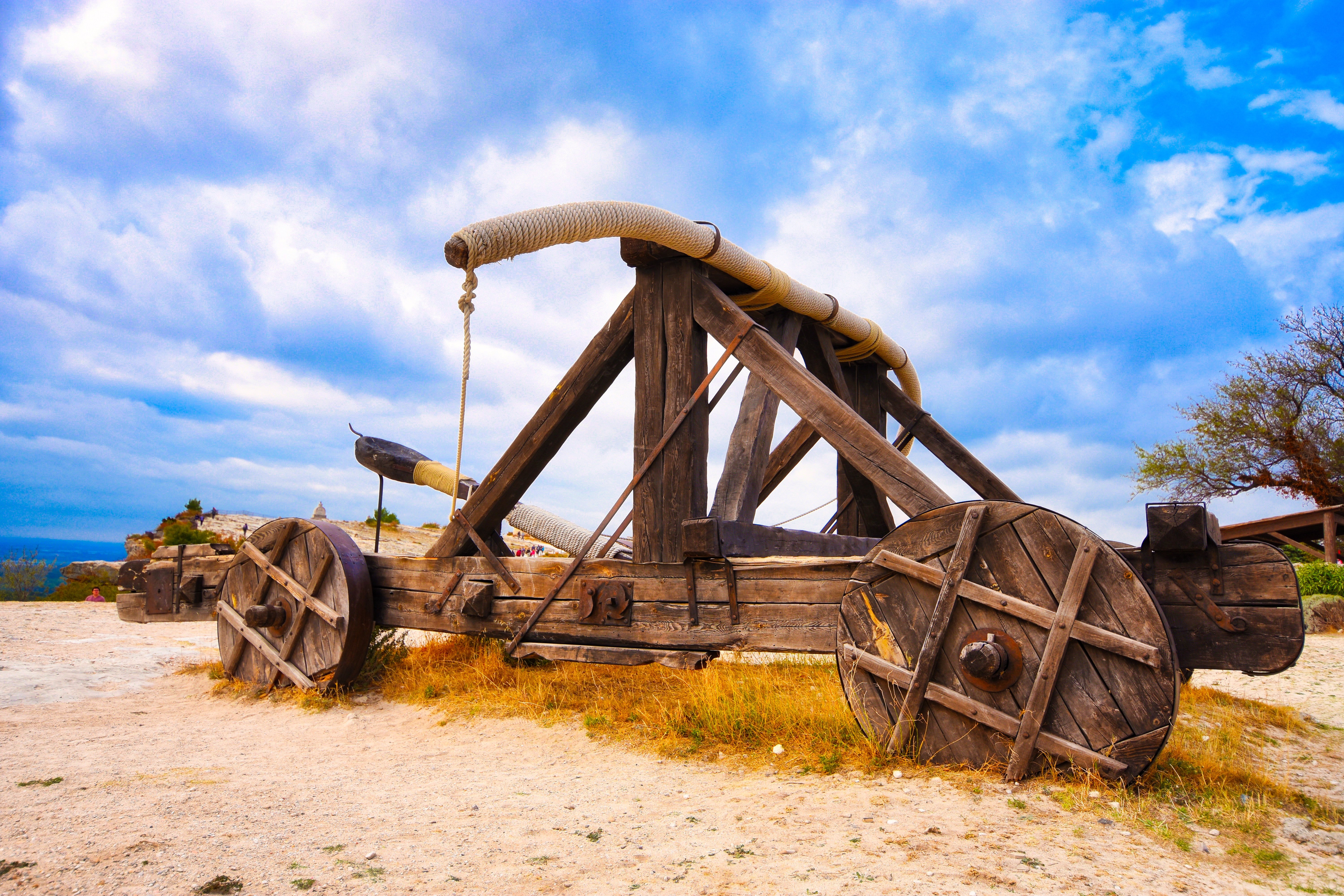


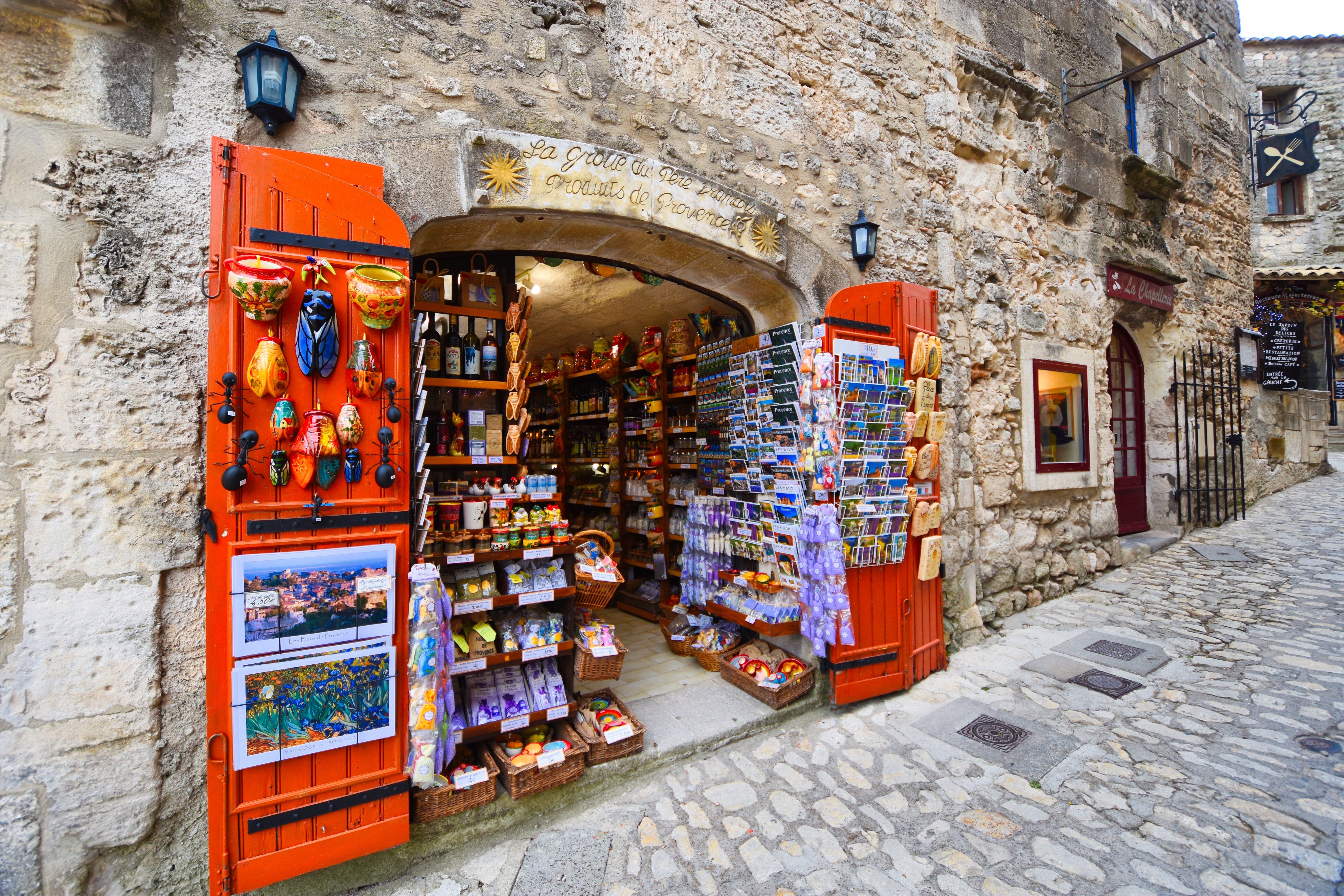
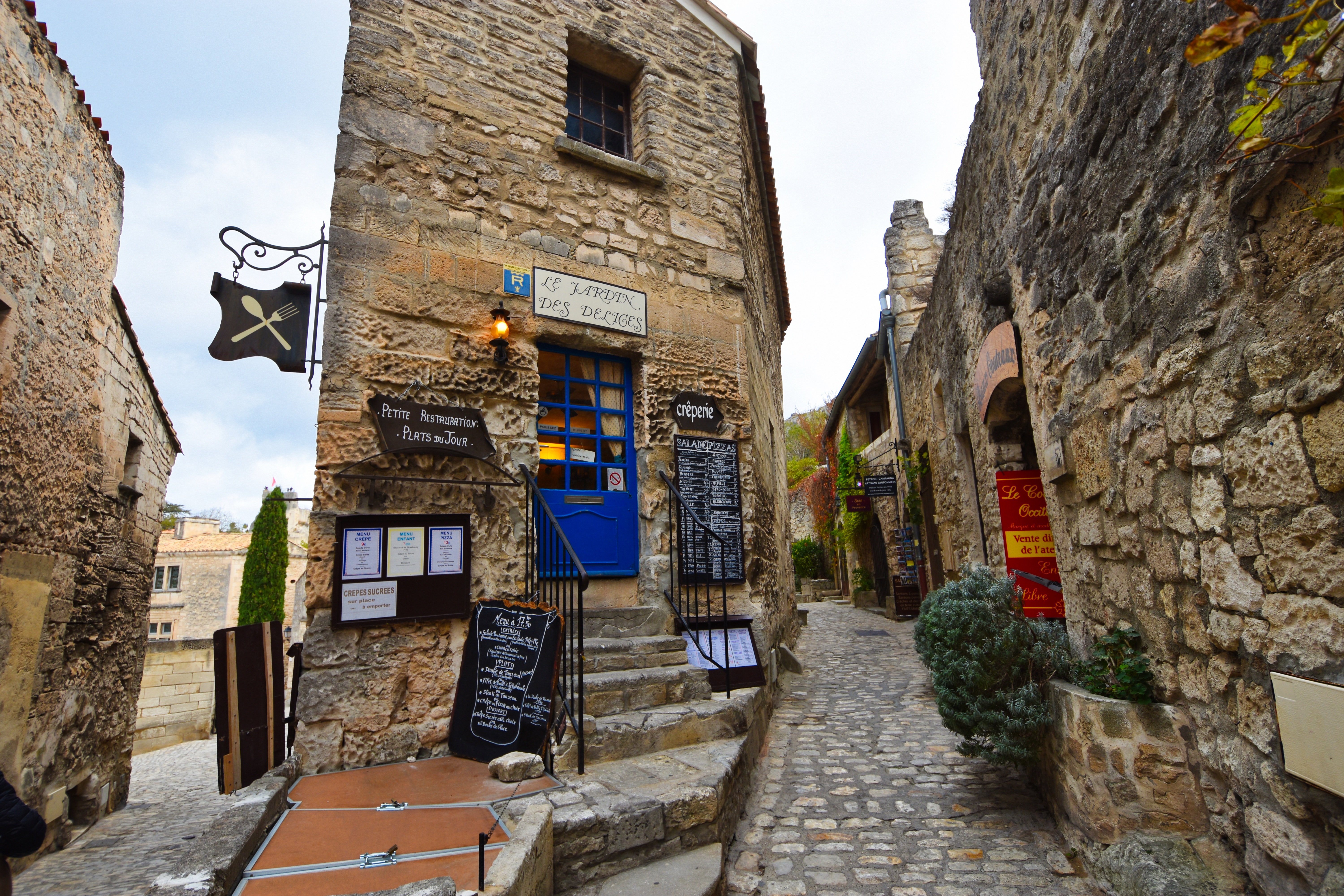
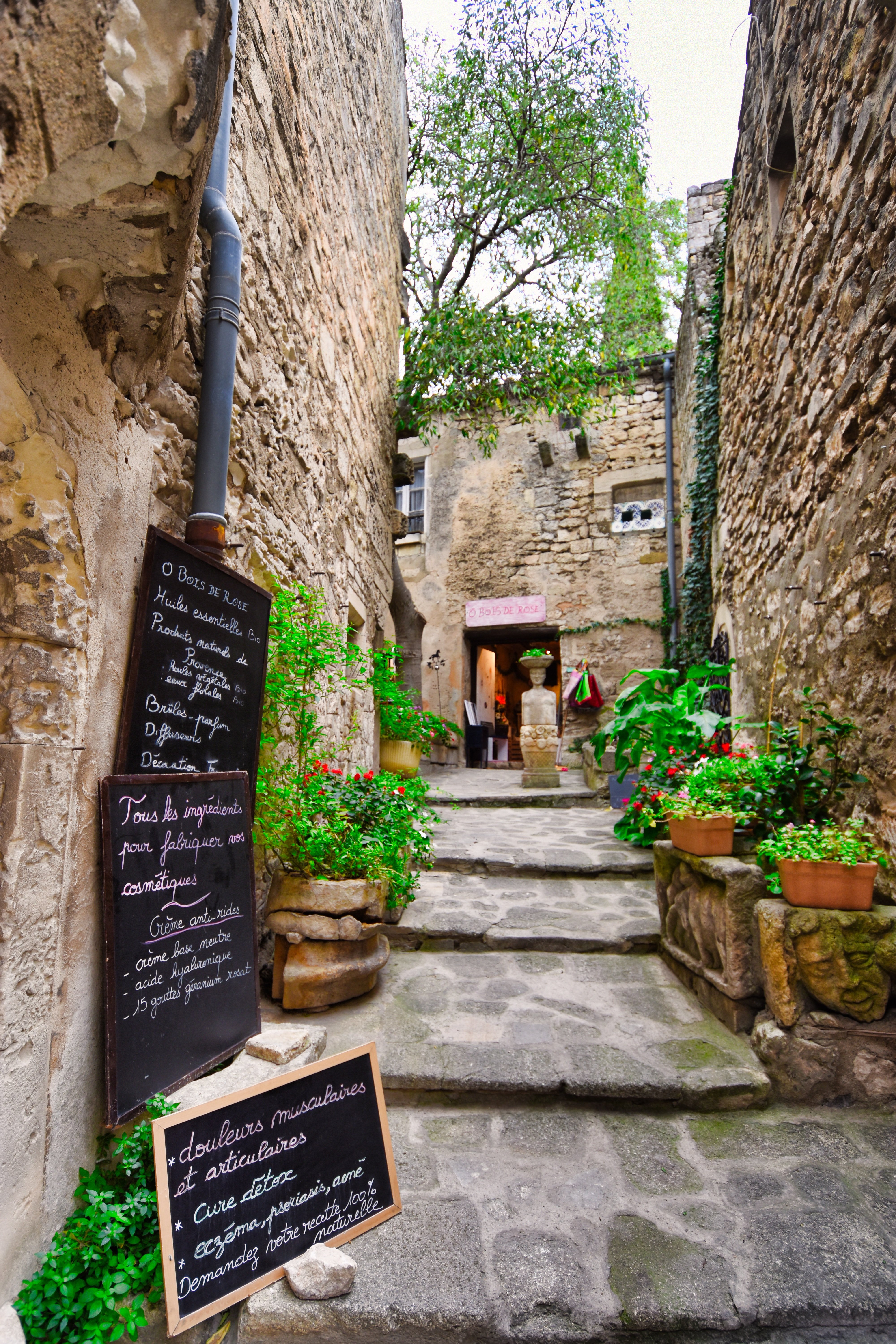


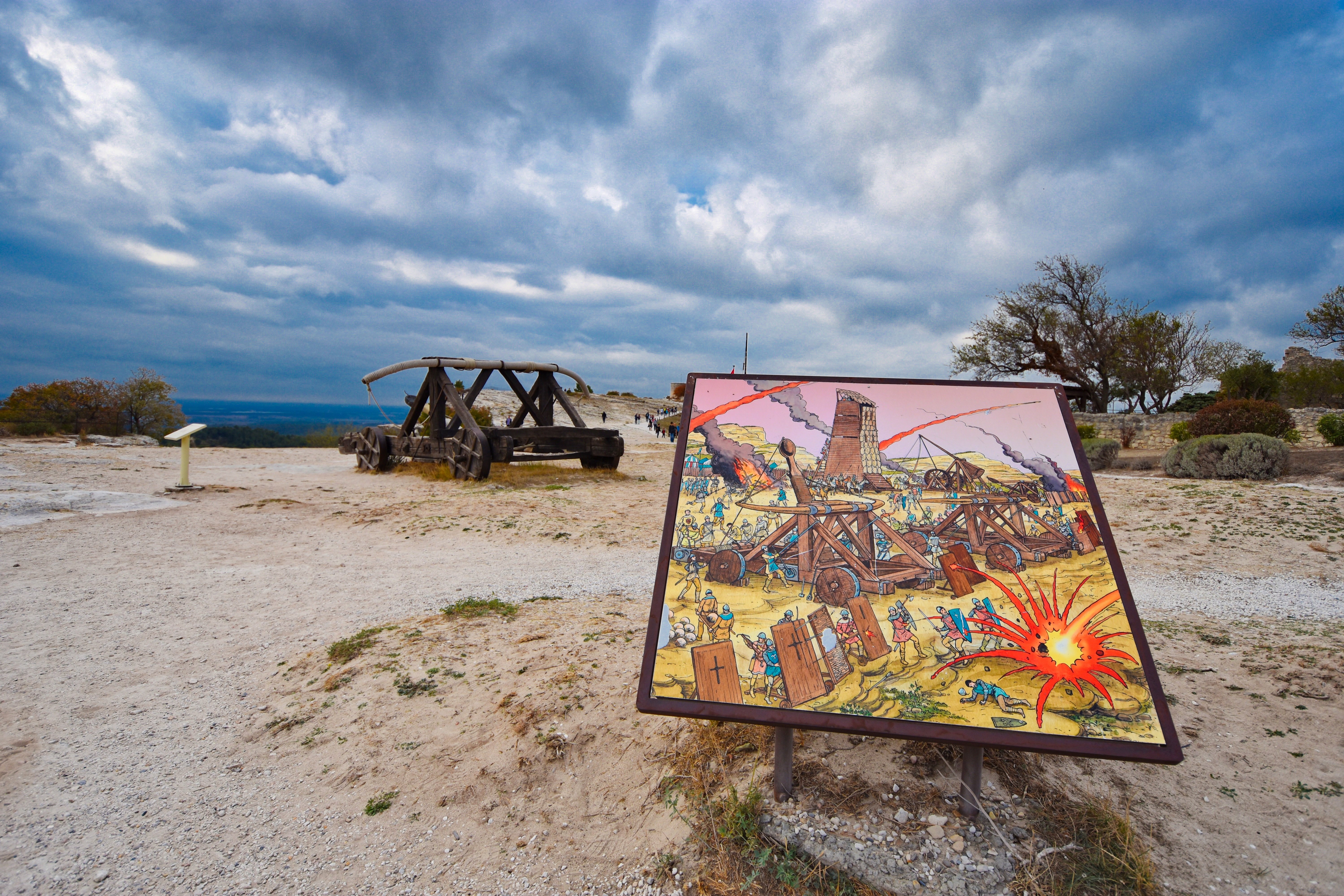
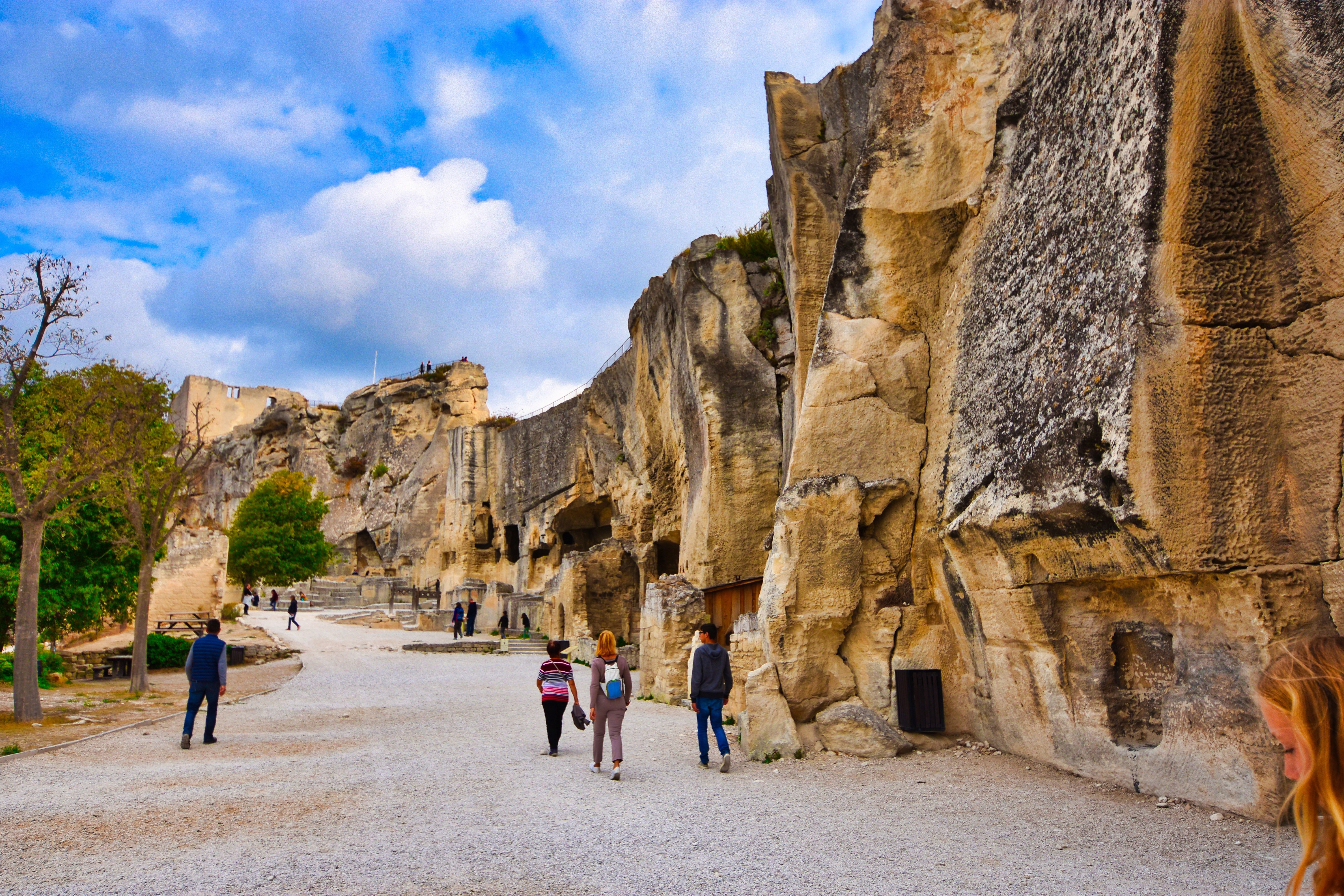
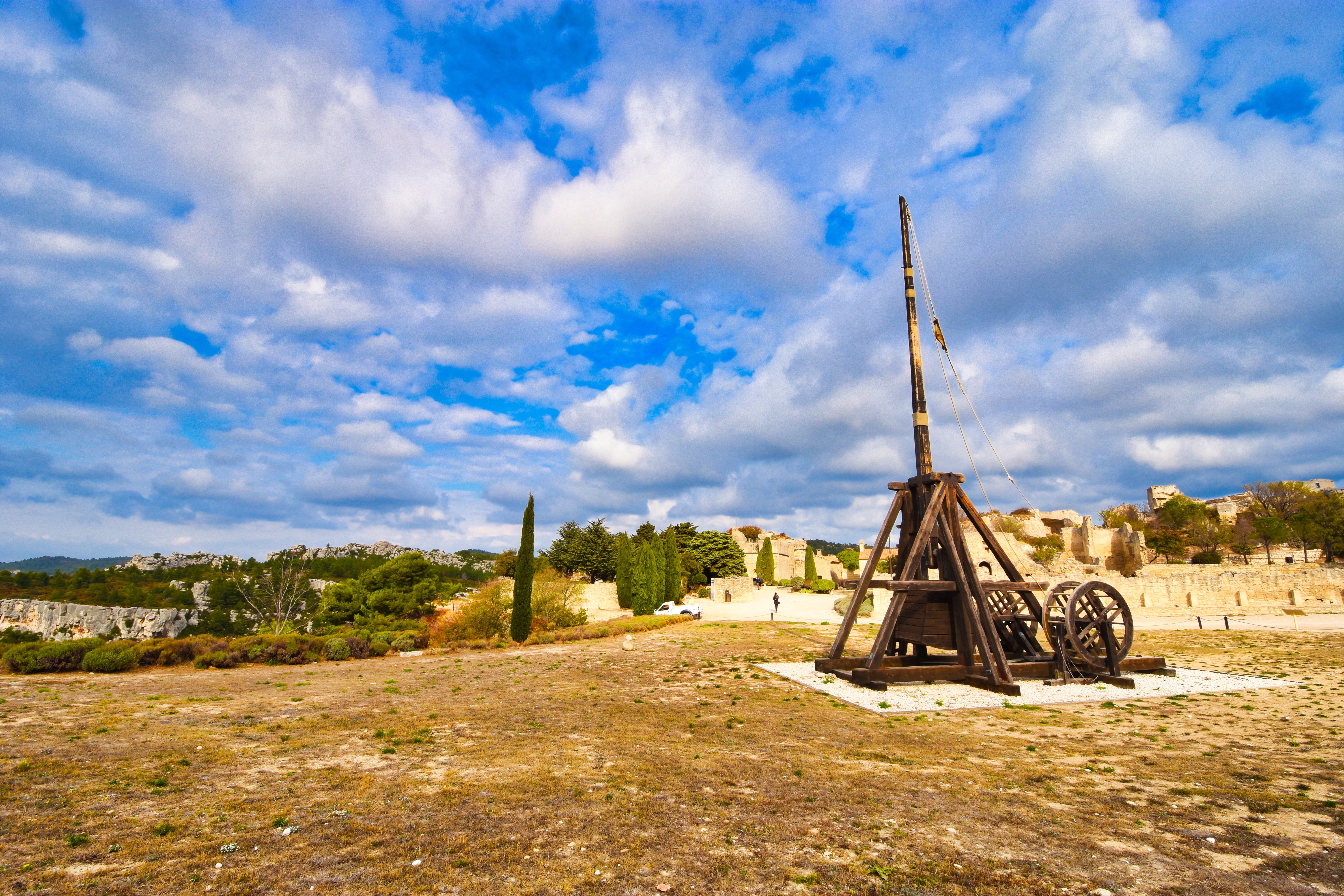
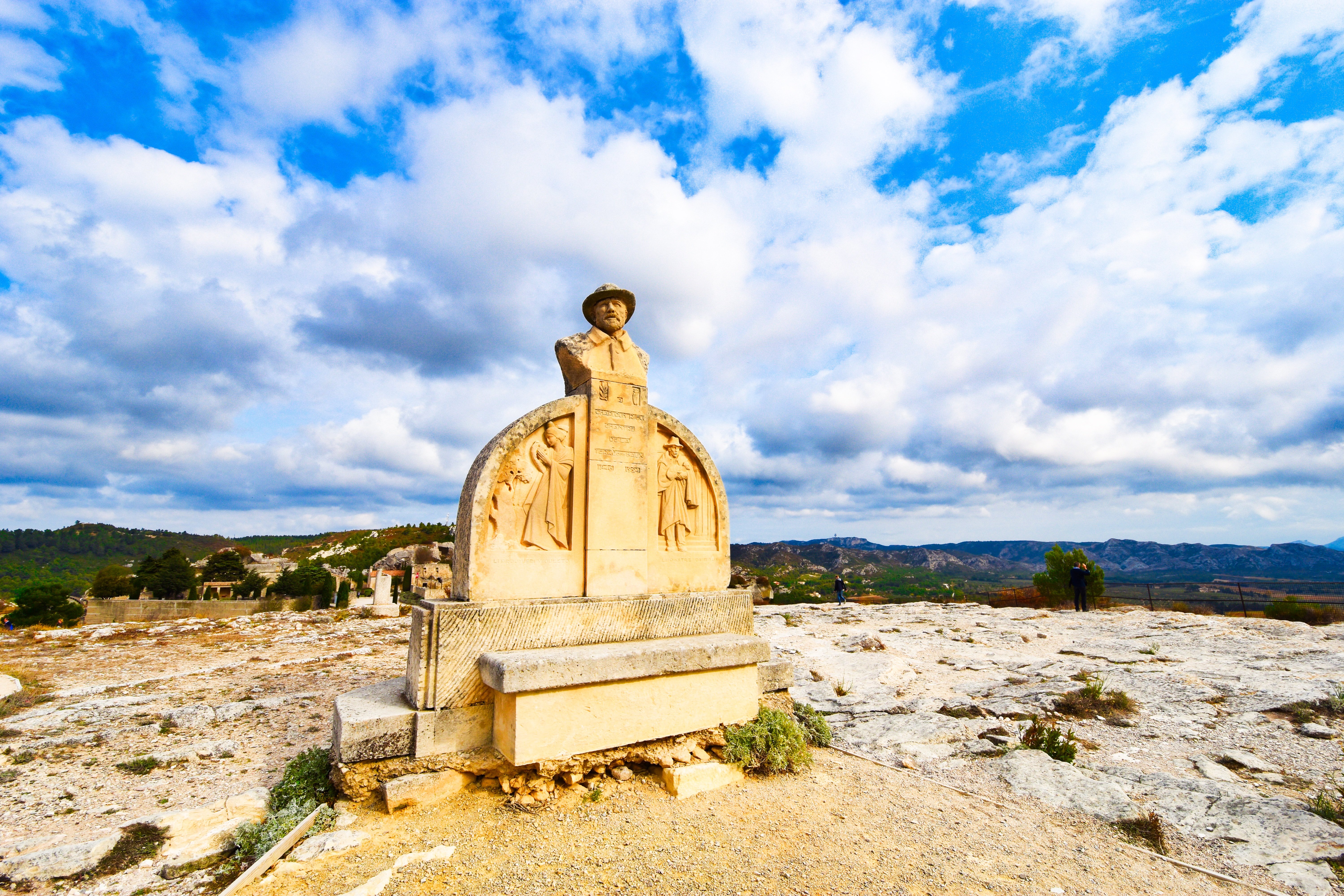
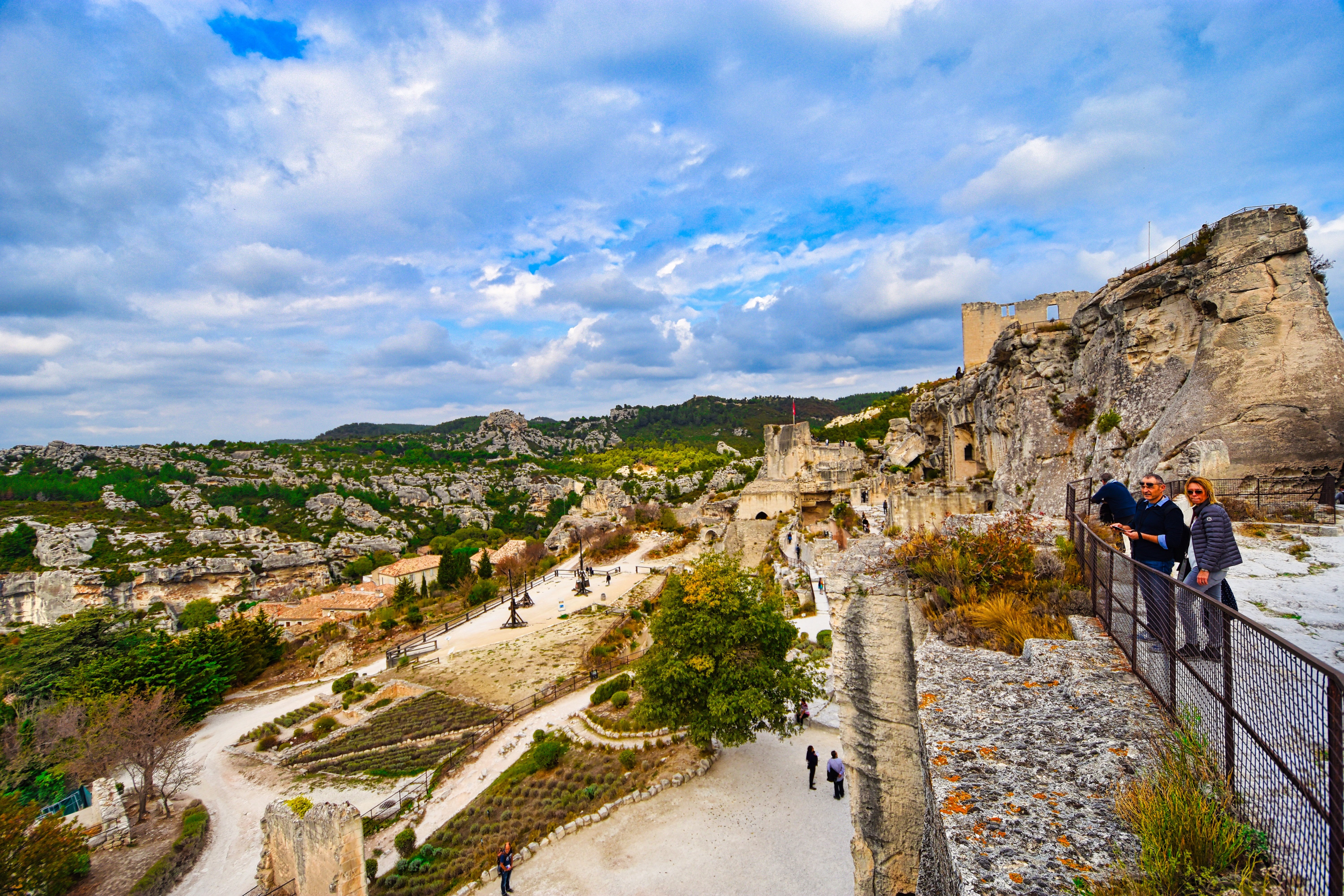
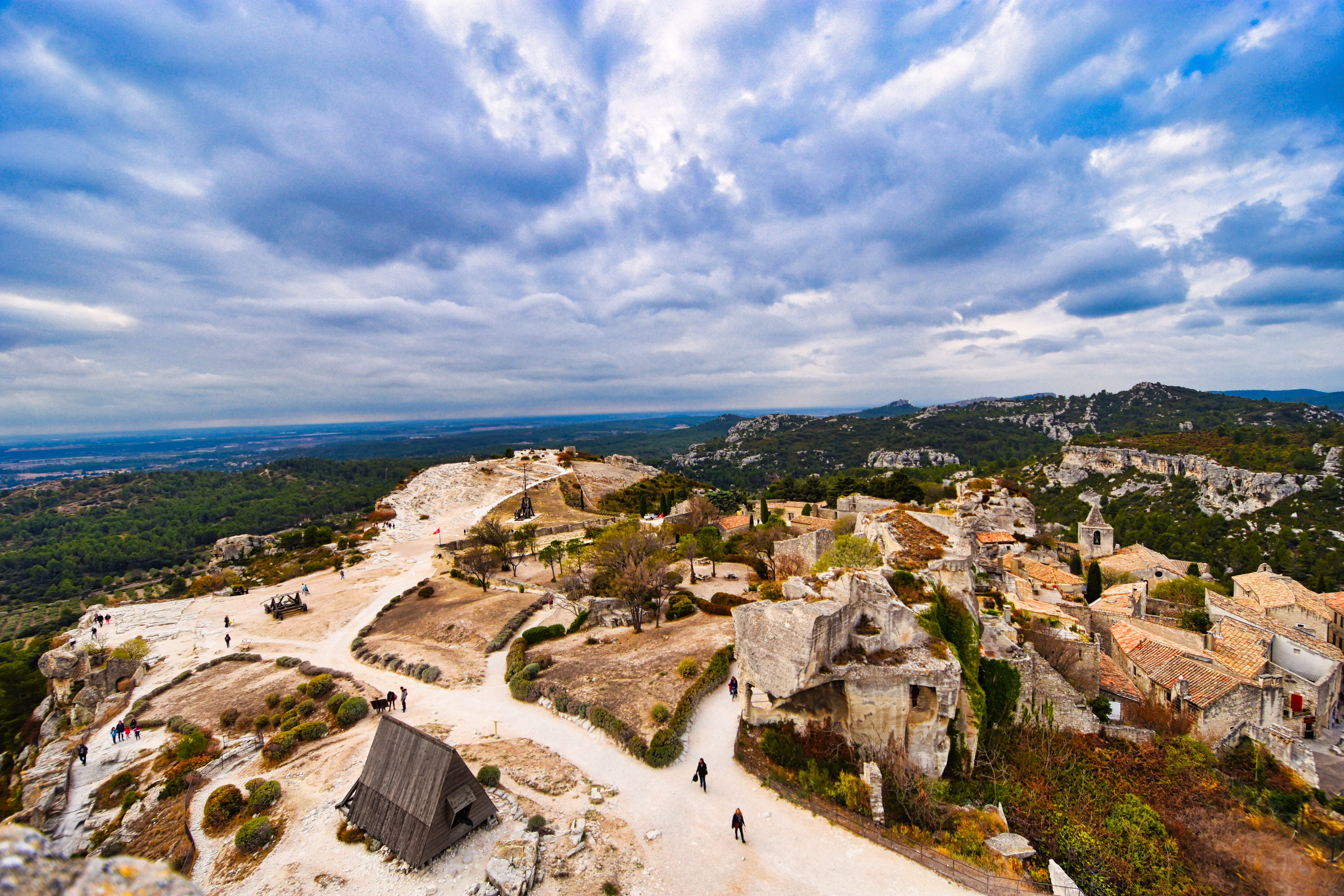
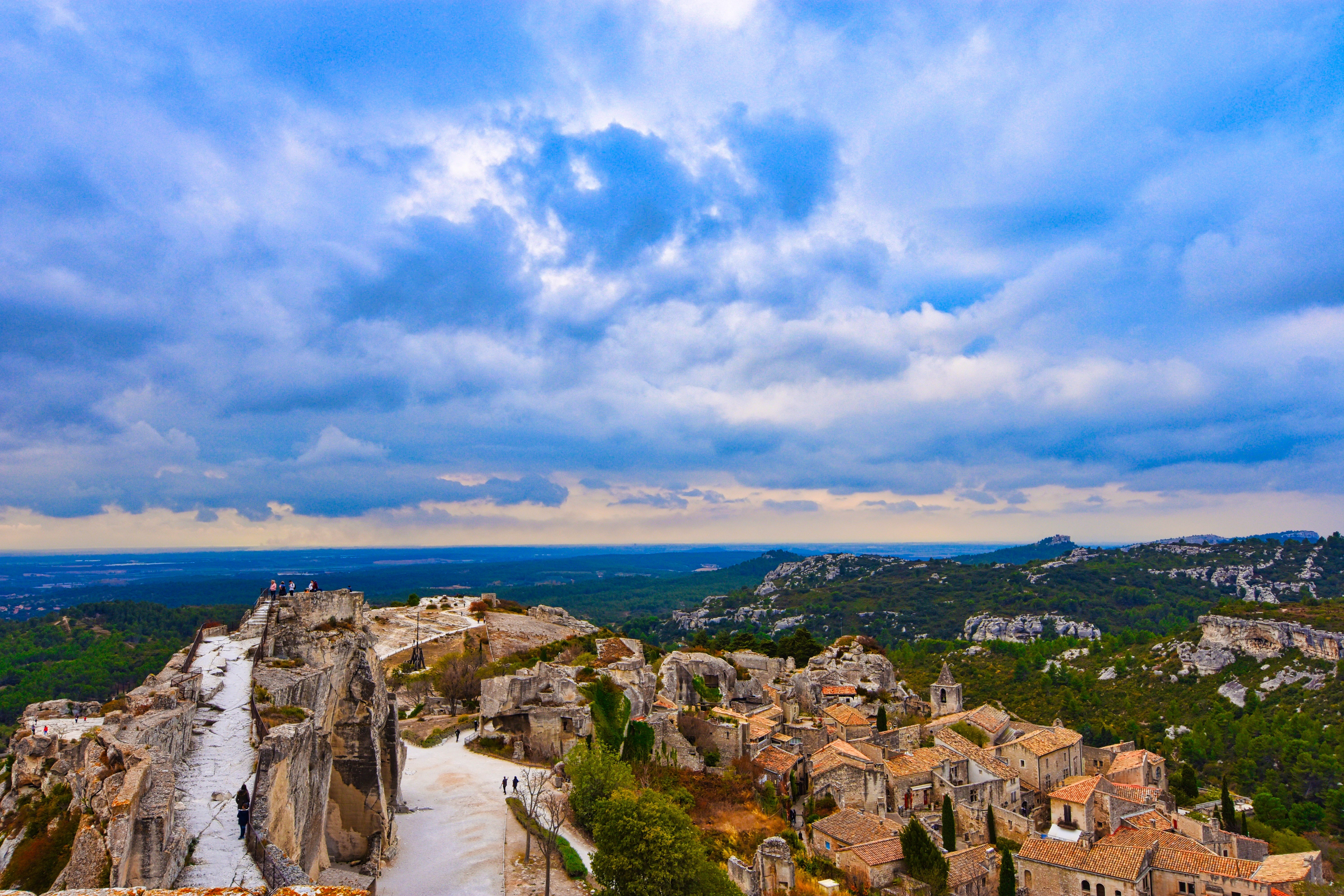
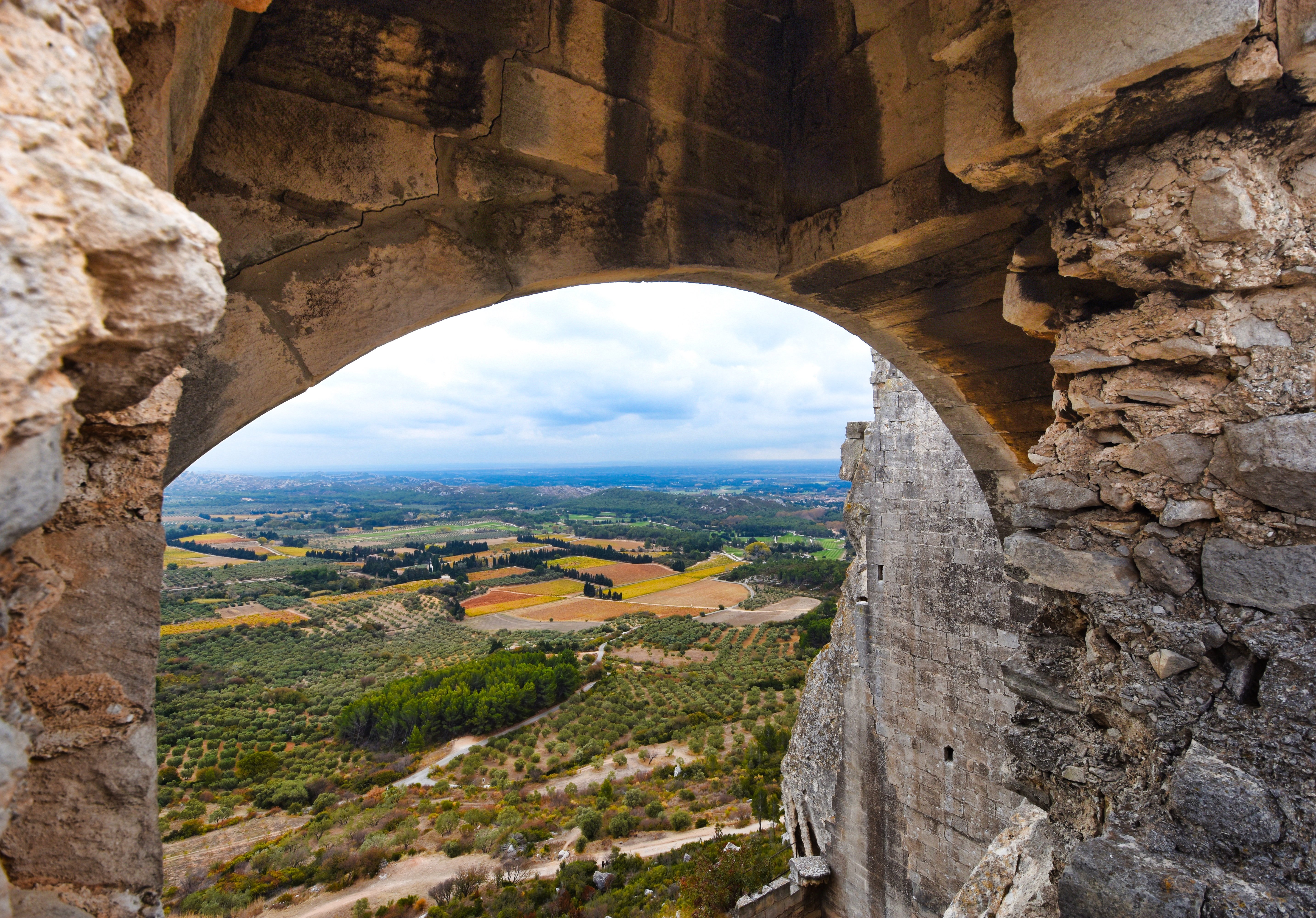
I hope you liked my Travel-Post about Les Baux-de-Provence and I wish you a great day.
Take care of yourselves,
Yours, Patrick
Ich hoffe mein Reise-Post über Les Baux-de-Provence hat Euch gefallen und ich wünsche Euch einen schönen Tag.
Passt auf Euch auf,
Eurer Patrick
!steemitworldmap 43.745144 lat 4.795669 long Les Baux-de-Provence, Provence, France D3SCR
Wanna see more of my stuff? Click:
Du willst mehr von mir sehen? Click:

Du willst mehr von mir sehen? Click:
